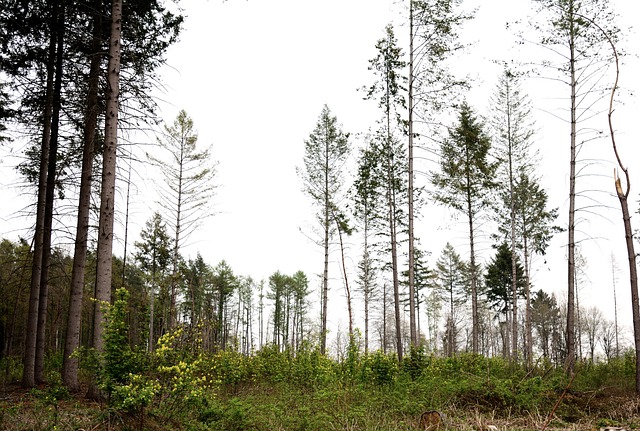As the impacts of climate change become increasingly visible, the urgency to find effective solutions has never been more pressing. Among various strategies, one pivotal approach that has emerged is afforestation, the process of planting trees in areas that have not previously been forested. This simple yet profound action plays a crucial role in combatting climate change and reducing greenhouse gas emissions.
The environment around us is rapidly changing. From fluctuating weather patterns to intensified natural disasters, the signs of climate change are evident, altering ecosystems and threatening biodiversity. The carbon footprint of human activities has been a significant contributor to this alarming situation, leading to the search for innovative ways to mitigate environmental damage. Herein lies the brilliance of afforestation.
Forests are often referred to as the lungs of our planet; they absorb carbon dioxide and release oxygen, making them essential for our survival. By introducing afforestation into our climate strategy, we not only create new sources of oxygen but also enable the earth to capture and store more carbon. Trees, with their vast root systems and expansive canopies, act as natural air filters, helping to reduce atmospheric CO2 levels and combat the greenhouse effect.
Moreover, afforestation contributes to preserving biodiversity. New forests create habitats for countless species, promoting ecological balance and resilience. As we plant trees, we also foster an environment where wildlife can thrive, ultimately leading to healthier ecosystems. By focusing on afforestation, we take meaningful steps towards creating a sustainable future, one that harmonizes human activity with nature.
However, the journey towards afforestation is not without its challenges. Urbanization and deforestation for agricultural expansion or industrial usage have led to significant loss of forest cover. To counter this, community involvement is essential. Engaging local populations in afforestation projects not only fosters a sense of responsibility but also educates individuals about the importance of maintaining healthy forests. Schools, organizations, and governments can work together to create awareness and galvanize actions that inspire communities to contribute to reforestation efforts.
Investing in afforestation also has economic benefits. Green jobs in forestry and conservation can stimulate local economies and provide employment opportunities. As we transition to a greener economy, prioritizing afforestation initiatives can lead to sustainable growth while improving our planet’s health. These initiatives can serve as a beacon of hope, illustrating how proactive measures can effectively combat climate change.
The demand for urgent action in tackling climate change has never been clearer. By embracing afforestation as a central strategy in our climate response, we step forward as guardians of our planet. The trees we plant today will be the legacy we leave for future generations—a living testament to our commitment to preserving the environment and ensuring a balanced climate.
In summary, afforestation not only reduces emissions but also nurtures our environment and fosters biodiversity. It symbolizes our dedication to healing the planet and combatting climate change. Each tree planted is a step towards a more sustainable world, where nature and humanity coexist in harmony.



